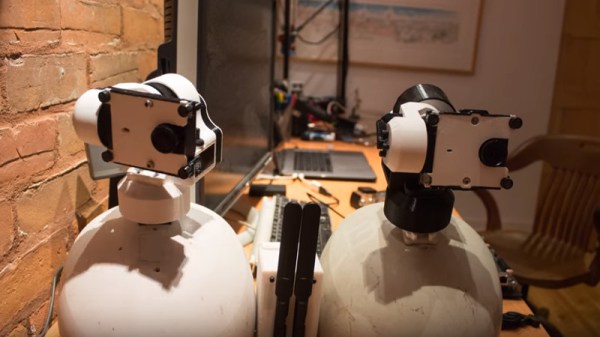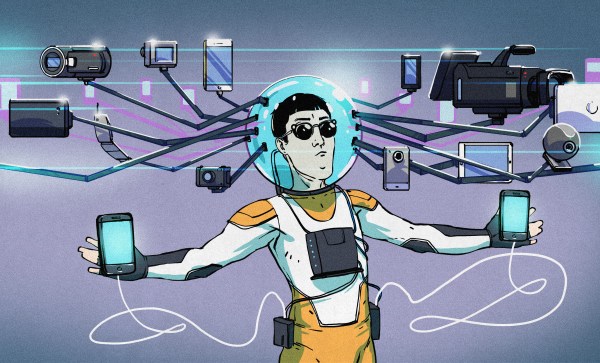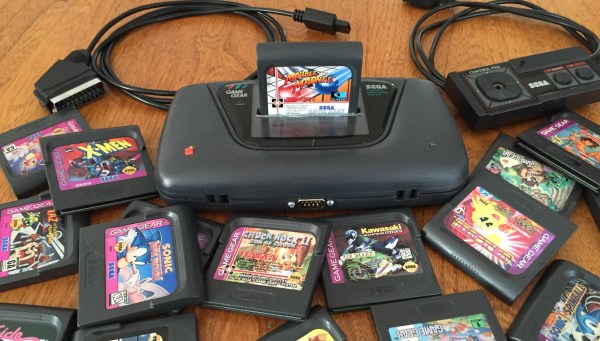What if we told you that you are likely to have more computers than you think? And we are not talking about things that are computers while not looking like one, like most modern cars or certain lightbulbs. We are talking about the powerful machines hiding in your desktop computer called ‘graphics card’. In the ordinary gaming rig graphics cards that are much more powerful than the machine they’re built into are a common occurrence. In his tutorial [Viktor Chlumský] demonstrates how to harness your GPU’s power to solve a maze.
Software that runs on a GPU is called a shader. In this example a shader is shown that finds the way through a maze. We also get to catch a glimpse at the limitations that make this field of software special: [Viktor]’s solution has to work with only four variables, because all information is stored in the red, green, blue and alpha channels of an image. The alpha channel represents the boundaries of the maze. Red and green channels are used to broadcast waves from the beginning and end points of the maze. Where these two waves meet is the shortest solution, a value which is captured through the blue channel.
Despite having tons of cores and large memory, programming shaders feels a lot like working on microcontrollers. See for yourself in the maze solving walk through below.
















